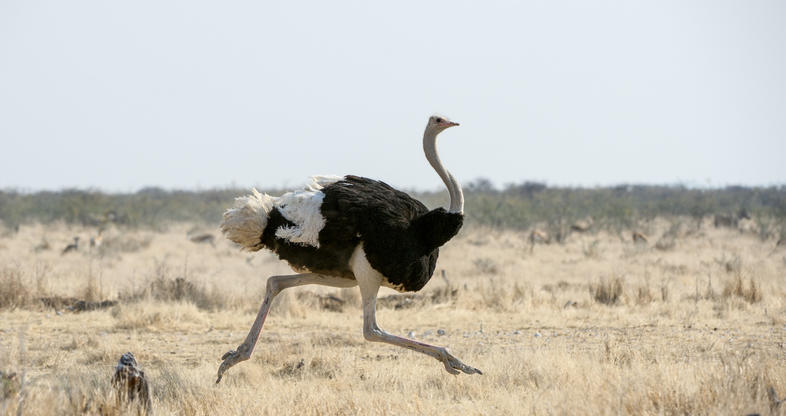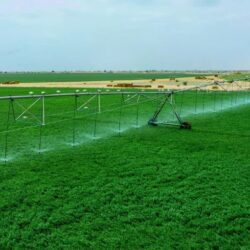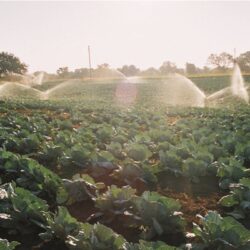The South African ostrich industry is poised for a modest increase in production during the 2024/25 season, with an estimated 7% growth expected, according to industry experts. This anticipated rise follows a period of favorable market conditions, including strong demand for leather and meat, and a significant drop in feed costs.
However, while the outlook appears promising, several challenges could temper growth.
Francois de Wet, Managing Director of Cape Karoo International (CKI), a leading player in the ostrich industry, highlighted the importance of cautious planning. While demand for high-end leather in key markets like France, Italy, and the US remains robust, the market for ostrich feathers, particularly in China and the EU, has shown signs of weakening. This could lead to lower feather prices in the coming season.
“The market is under pressure,” De Wet cautioned, urging farmers to exercise prudence when purchasing chicks for the upcoming season.
Despite challenges in the feather market, demand for ostrich meat products, such as pre-heated meat exported to the EU and locally produced delicacies like mince, patties, and sausages, has remained relatively stable. However, De Wet emphasized the need to explore new markets and expand the reach of pre-heated meat exports globally.
“We are actively exploring new markets and focusing on expanding our presence in the EU and UK, where there is still significant growth potential,” he said. “We are also investigating the potential for exporting dry ostrich meat products.”
Sustainability and ethical considerations are increasingly crucial for the industry’s long-term success.
“It is no longer sufficient to simply adhere to traceability and good animal welfare practices,” De Wet explained. “High-end markets now demand a ‘One Health’ approach, encompassing animal welfare, environmental sustainability, and social responsibility. CKI is committed to playing a leading role in ensuring the industry meets these stringent requirements.”
However, the industry faces unforeseen challenges. Laubscher Coetzee, an ostrich farmer near Oudtshoorn, reported a significant decline in egg production and hatchling rates during the past two mating seasons.
“It is unclear what has caused this decline,” Coetzee said. “We suspect the cool and wet weather conditions may have played a role. Male ostriches also seem less active this season.”
Coetzee, like many farmers, has adjusted his breeding practices in response to these challenges, shortening the breeding season to allow ostriches adequate rest. This reduction in breeding activity is expected to have a noticeable impact on ostrich slaughter numbers in the upcoming season.
Despite these challenges, the South African ostrich industry remains a significant contributor to the country’s agricultural sector. By embracing sustainable practices, exploring new markets, and adapting to changing market dynamics, the industry can continue to thrive in the years to come.




